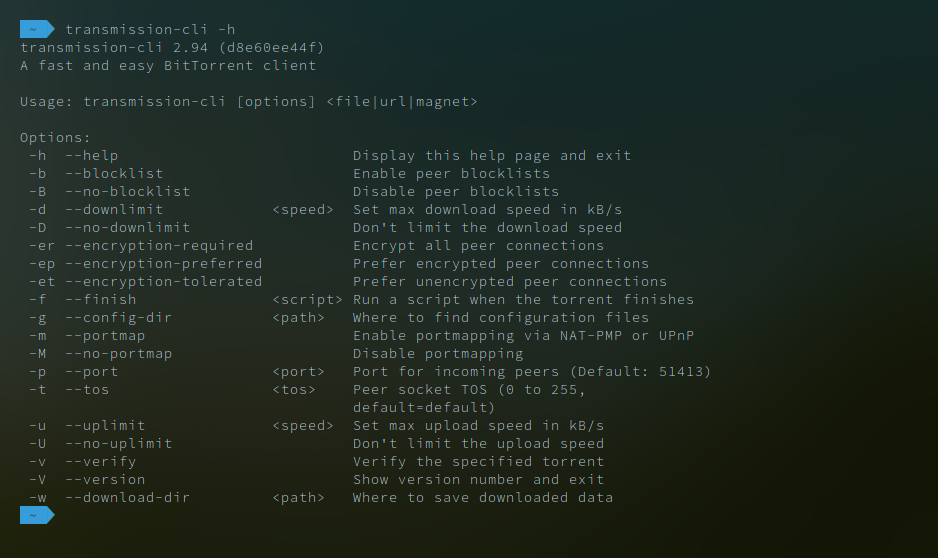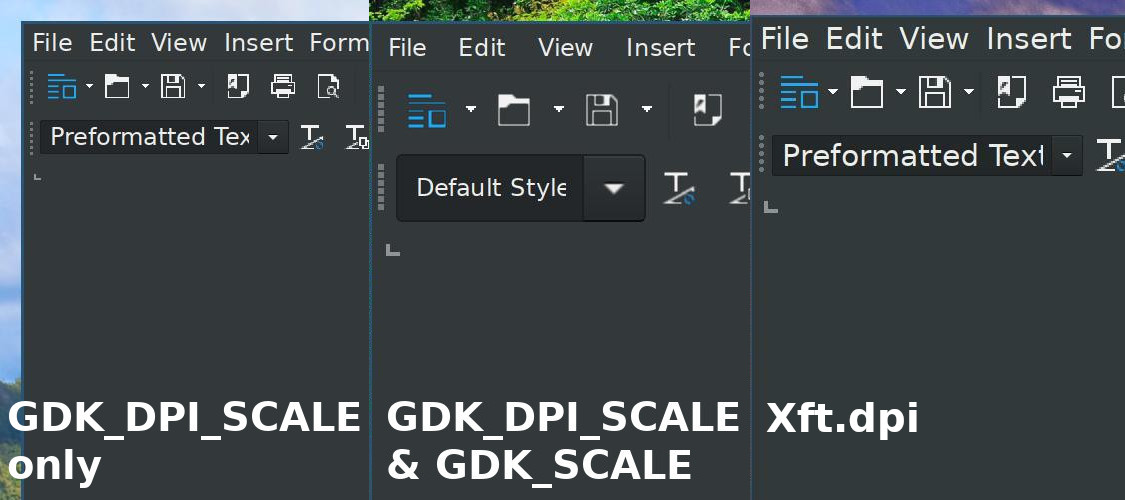Stuart Freen posted a reply on IPilogue to a Cato Institute article claiming that software patents are analogous to literary patents. I thought I agreed with Stu, but I’m not so sure.
A story has words, literary devices and a plot. A computer program has variables, control structures and algorithms. Literary devices/control structures manipulate words/variables in accordance with the plot/algorithm. There are multiple ways of expressing any plot or algorithm. So you have two things of value: the expression and… I’m having trouble thinking of a good word. Function is too slanted towards programming. But there is something purposive shared by programs and stories. Just like you (probably) wouldn’t run a program that does nothing, you (probably) wouldn’t read a story where nothing happened.
What does the plot of a story do? It holds the readers interest. I may be a weird case, but I seldom appreciate the writing in a book. People tell me how they love the descriptiveness in a certain author’s writing, but when I read it I never notice. I tend to skim the adjectives because I want to know what happens. I don’t care how beautifully George R. R. Martin describes the landscapes of Westeros, I just want to know what happens to Neddard. I would probably find a much more poorly written book that hit all the same plot points to be just as satisfying.
So the argument goes: if you allow a programmer to patent a certain algorithm that solves a computer problem (e.g., compressing a video file) why not allow a writer to patent a certain plot that solves a—the—literary problem (e.g., making the story compelling). I’m characterizing the problem solved by a particular combination of plot points by their effect on the reader. So I imagine the purpose of a literary patent to be a method of sustaining reader interest rather than, for example, a method for explaining how the thief got into the locked room. Stu separates the literary value as being about expression while the computer is about function, but I accidentally convinced myself that both kinds of value are present in either medium.
This doesn’t mean that I don’t agree with his conclusion. The fact that we don’t allow literary patents does not mean we have to disallow software patents for consistency’s sake (I’m stating the Cato article’s point much more plainly than I think the author does). We could just accept it as inconsistency and say that we just don’t want to patent stories. Sorry authors, you’ll just have to live with copyright. But let’s say we do want to entertain the notion of a literary patent analogous to a software patent. The software patent is easy: you express an algorithm in abstract terms and say what it does—find out if a number is odd by dividing by two and seeing if you get a fraction. Somebody could follow that abstract and create a function of equal value (though expressed in different form perhaps). But what would the abstract terms in a literary patent look like? It couldn’t be anything as general as “two star-crossed lovers meet and get secretly married and then commit suicide”. That description wouldn’t allow another person to write a story that has the same effect on the reader as Romeo and Juliet. For that, we would need a description of incredible detail. And if a story infringes at that level of detail, I think copyright would be comfortable handling it (I’ll have to ask my IP prof on Tuesday). And I’m not even getting into a discussion of obviousness or prior art. Therefore, I think we can safely say either that we don’t want literary patents for some reason of cultural values or because they would be impractical and useless.
I hope all that made sense. It was somewhat stream of consciousness (hey, that’s a literary device). I need to start editing these blog posts. By the way, none of this is to say that I’m completely in favour of software patents. It’s one thing to patent a compression algorithm and another to patent a user interface element or simple method (Amazon 1-Click comes to mind).


Recent Comments